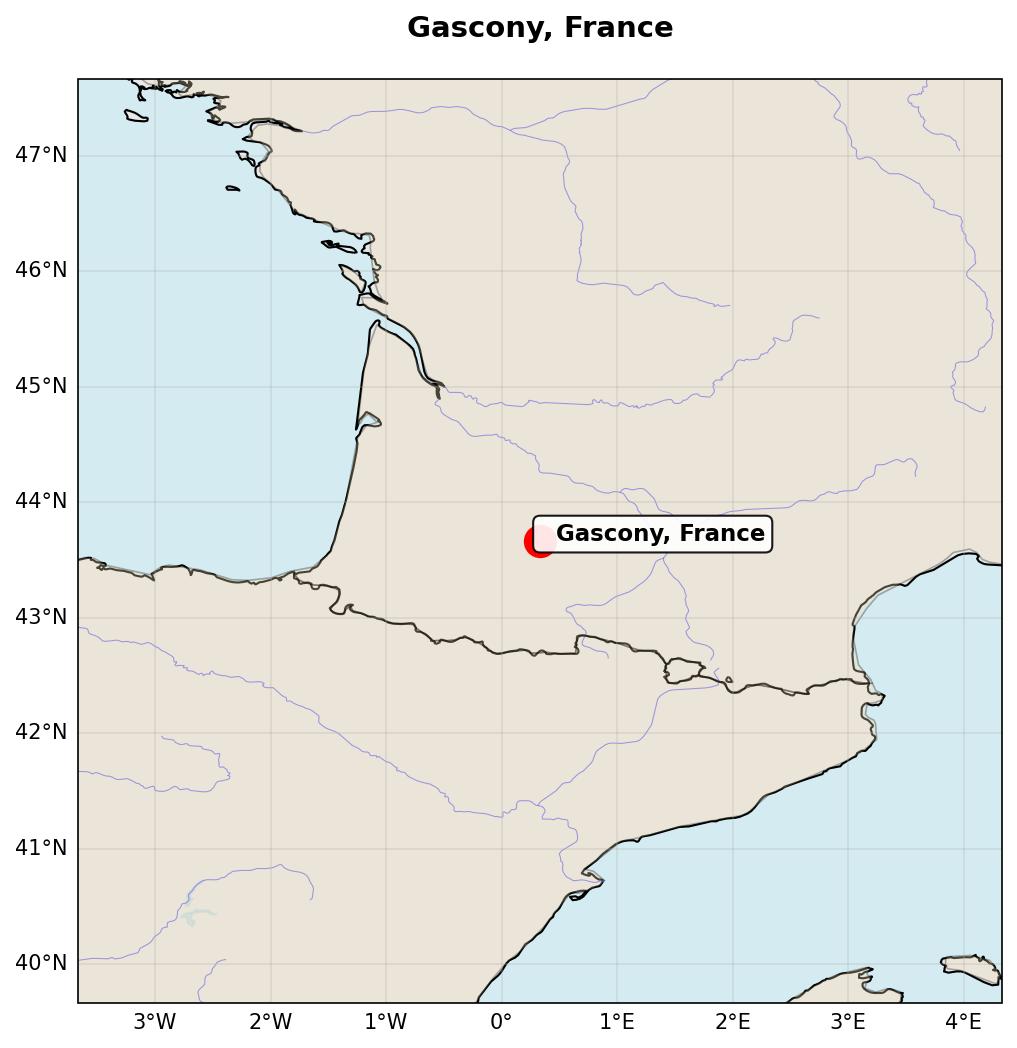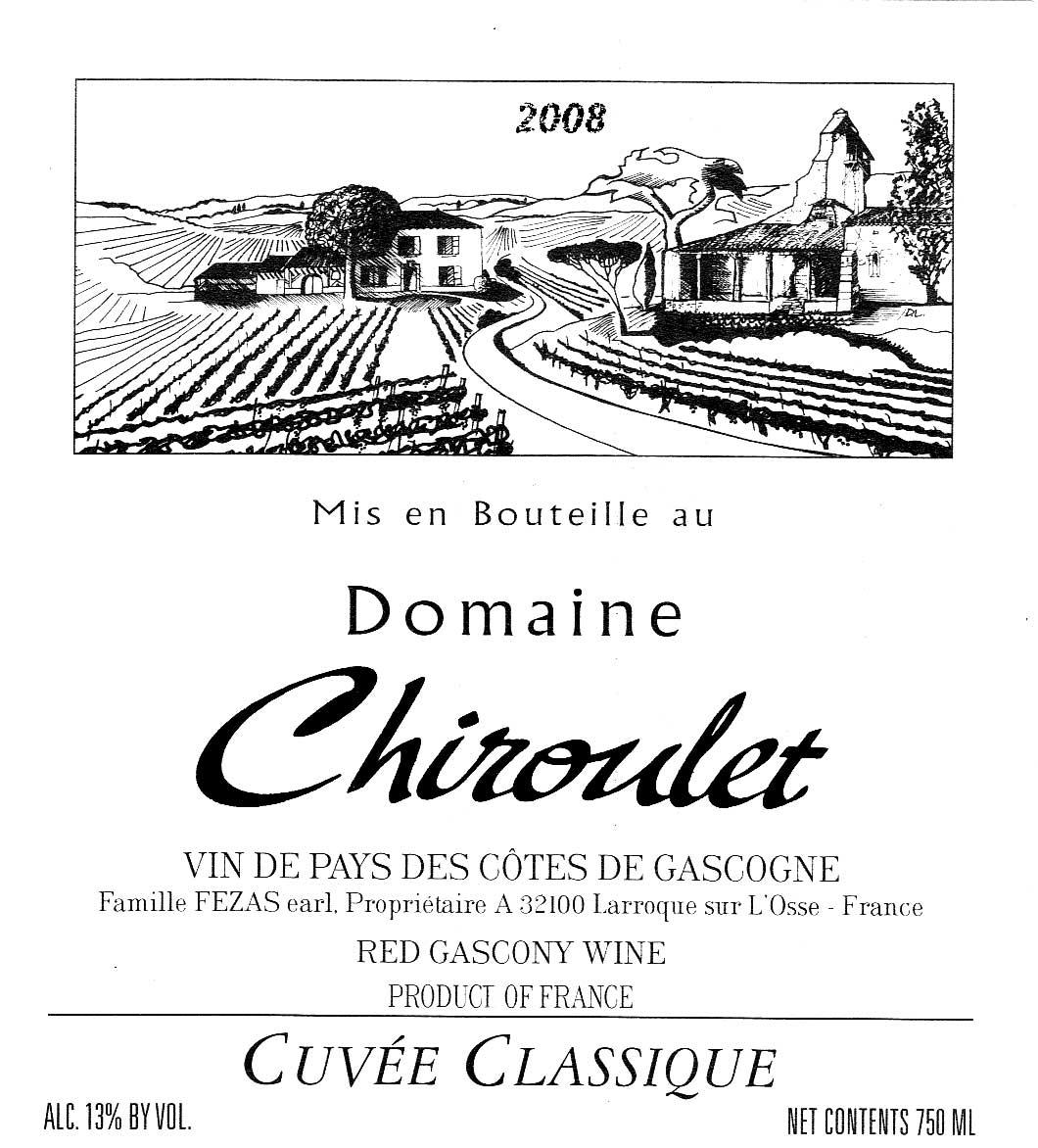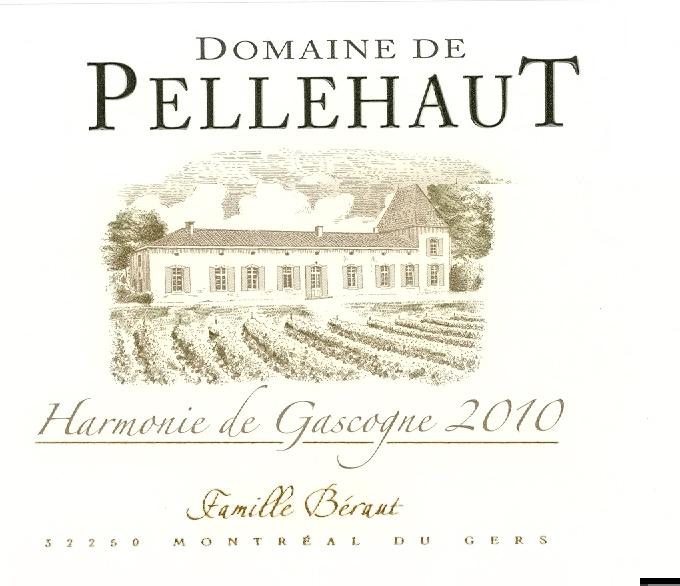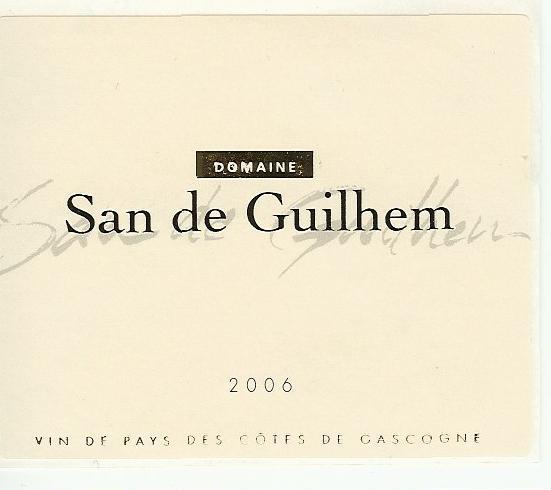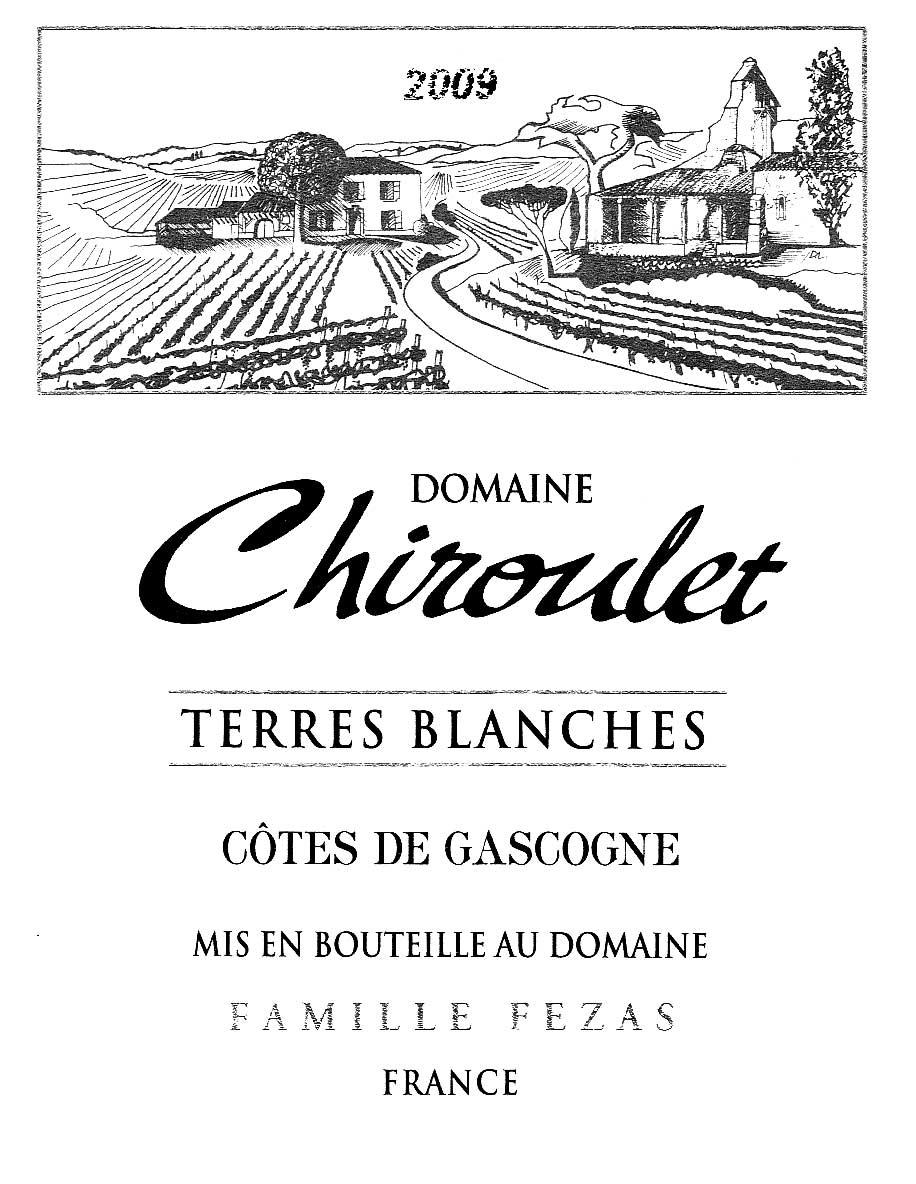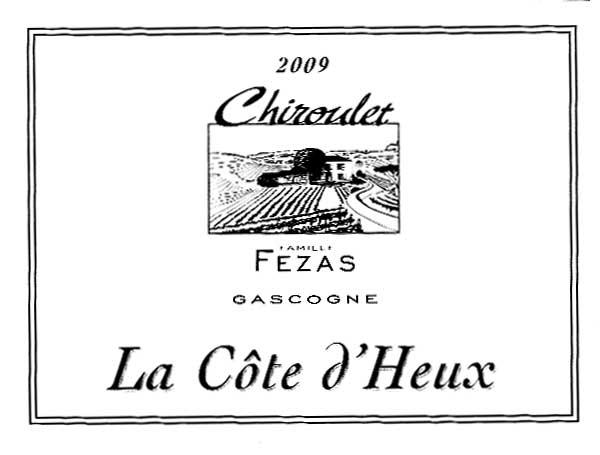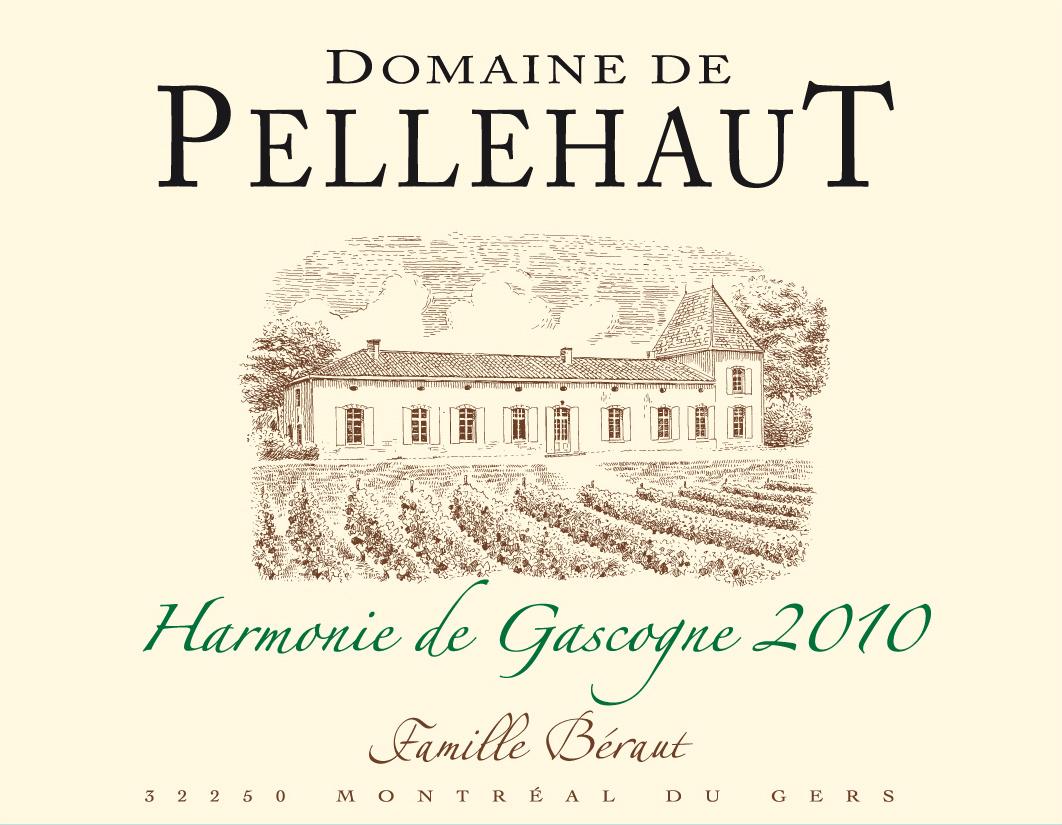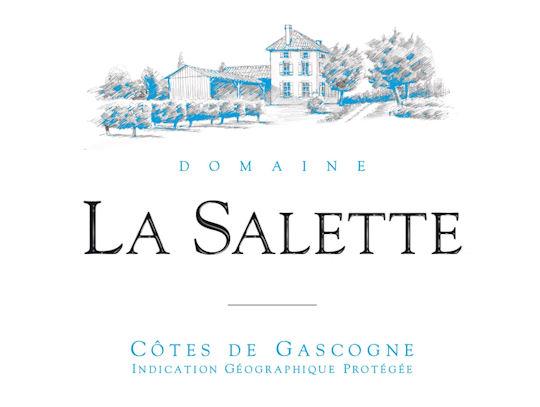Terroir of Gascony
Gascony's terroir enjoys a mild, temperate climate, nestled between the Atlantic Ocean and the Pyrénées. Winters are cool, while summers are warm and sunny, ensuring consistent grape ripening. The region's late-season sunshine is perfect for sweet Pacherenc du Vic-Bilh wines. Annual rainfall ranges from 700 to 900 mm, with even distribution, though summers are usually drier.
Gascony has varied soils, including clay, limestone, and chalky sand on gentle plateaus, especially in Gers and Armagnac. Other areas have alluvial sandy or gravelly soils on rolling hills. These mineral-rich, well-draining soils, combined with plenty of sunlight, give Gascony wines their unique freshness. Whites show bright acidity and pure fruit flavors, while reds have a firm yet balanced structure, highlighting the region's diverse wine styles. This combination of climate and soils is key to the unique character of Gascony's wines.
Notable Wineries in Gascony
The wineries of Gascony, nestled in the southwest of France, embody the region's vibrant winemaking tradition. Notable among them is Château du Tariquet, which has garnered acclaim for its lively Colombard–Ugni Blanc blends, a hallmark of Côtes de Gascogne whites. The Plaimont cooperative plays a vital role in the areas of Saint-Mont, Madiran, and Béarn, emphasizing quality and wine tourism.
Domaine de Pellehaut impresses with its balanced dry whites and affordable reds. Château Montus and Château Bouscassé are celebrated for their robust, Tannat-based reds that have gained international recognition. Domaine Cauhapé shines with its sophisticated Pacherenc du Vic-Bilh wines, both dry and sweet. Visitors to these vineyards can often experience tastings that include local Gascon delicacies, like foie gras, offering a true taste of the region's rich culinary and vinous heritage.
Sustainable Winemaking in Gascony
In Gascony, winemakers are increasingly turning to sustainable practices, highlighting their commitment to preserving the land and its biodiversity. Many vineyards plant cover crops like legumes and wildflowers between the vines, improving soil health and preventing erosion. This eco-friendly approach often includes organic and biodynamic methods, reducing dependence on synthetic chemicals.
Water conservation is a priority, with low usage and innovative techniques to recycle byproducts and minimize waste. The region proudly boasts numerous vineyards achieving France’s HVE (High Environmental Value) certification, underscoring their dedication to environmental stewardship. Additionally, initiatives such as creating wildlife corridors and harnessing solar energy are pivotal in protecting Gascony’s landscapes, ensuring that the wines produced truly reflect the terroir's unique character.
Wine Tourism in Gascony
Gascony, a historic region in southwest France, is becoming a hotspot for wine tourism. Visitors can explore well-marked wine trails that connect them to local wineries and culinary delights like foie gras and cassoulet. Many estates offer tastings in atmospheric cellars, paired with these traditional dishes.
Cozy accommodations in refurbished farmhouses make it easy to enjoy an extended stay. Cultural landmarks, such as the hilltop cathedral in Auch and the Gallo-Roman villa of Séviac, enrich the experience.
Outdoor enthusiasts can traverse scenic walking and cycling routes through vineyards and forests. The annual 'Flamme del`Armagnac' festival, showcasing distillation, offers a unique cultural insight. Gascony is accessible by road, with nearby airports in Toulouse and Pau, yet remains a tranquil haven for lovers of wine, food, and nature.


